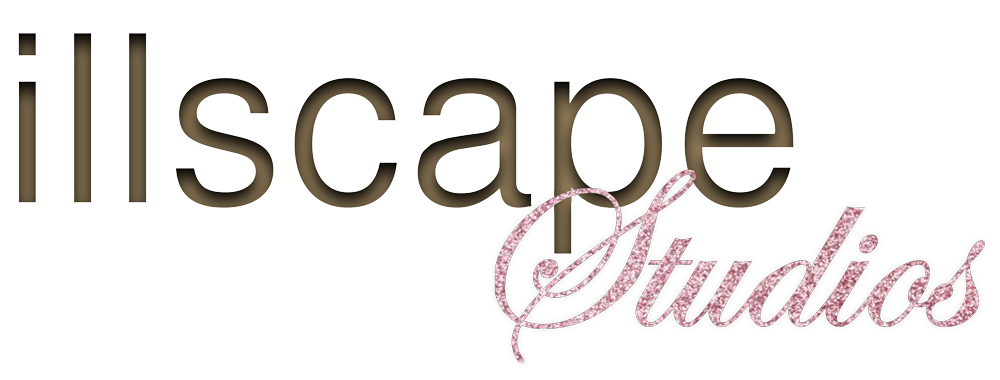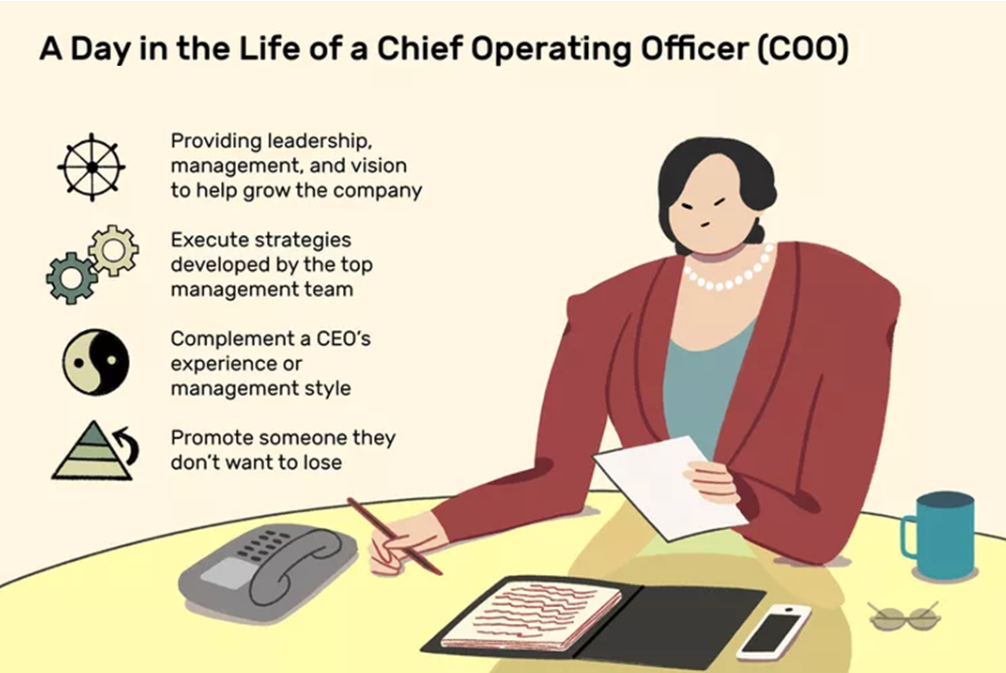STRUCTURE
Leaner Operations, Stronger Legacies: Why Artists Who Lead Their Businesses Last Longer
Who Is Really the Manager on a Professional Musician’s Team?
In traditional industry language, a “manager” is the individual who books performances, oversees projects, negotiates opportunities, and offers career guidance. Yet when considering the definition of manage, “to be responsible for the control or administration of an organization or undertaking” (Oxford English Dictionary, 2024), the real manager becomes clear: the artist.
A professional musician is not only a creative worker within the entertainment system; they are the CEO and owner of a business. This business produces and distributes intellectual property, brand assets, and live experiences. The artist sets the direction, approves initiatives, and carries ultimate responsibility for both successes and failures.
The COO: Representative, Confidant, and Operator
While the artist serves as CEO, the Chief Operating Officer (COO) model provides the structural support artists need to focus on their creative work. The COO is not a traditional manager chasing bookings and percentages. Instead, they function as a representative and operator who manages daily business, coordinates across the team, and ensures alignment with the artist’s long-term goals.
Often, the COO becomes the closest figure in the artist’s professional life: a trusted confidant who understands the mechanics of business priorities, personal aspirations, and boundaries. This trust can mirror the relationship many artists once had with personal managers, but in a more professional, transparent, and sustainable structure.
Distinction from Traditional Management
The COO role does not replace traditional management. Managers continue to oversee bookings, negotiations, and performance-related business. The COO, however, steers strategic and structural initiatives: business planning, nonprofit development, trust governance, and legacy-building.
This partnership reduces the “business mess” artists often find overwhelming. Instead of being pulled into administrative conflicts, the artist can focus on creating while management and COO coordinate within their lanes. The artist remains the CEO, but with operational stability and clarity supporting them.
Moving Beyond Outdated Compensation Models
For decades, managers earned 15–20% of an artist’s gross income. This system rewarded revenue flow but did not always reflect the labor performed or incentivize efficiency. This system was also developed when television was in black and white. Modern business structures are built on educated formulas that support executive-style compensation models:
-
Flat monthly fee: flexible, cancellable, and tied to operational needs.
-
Retainer agreements: fixed-term commitments that provide continuity and stability.
-
Hybrid models: a base fee plus capped performance bonuses tied to specific goals.
-
Project-based compensation: payment for defined initiatives, such as the initial crowdfunding campaigns that seed a nonprofit or trust.
These models create alignment, transparency, and predictability for both the artist and their COO.
Building an Artist Ecosystem
Today’s most sustainable artists don’t operate as a single business; they manage an ecosystem of entities, each serving a different purpose:
-
Nonprofit foundation: funds education, cultural preservation, and heritage projects.
-
Production/Media LLC: drives record production, touring, film, and multimedia ventures.
-
Publishing & IP entity: holds compositions, royalties, and intellectual property rights.
-
Merchandise & licensing arm: manages collaborations, merchandise, and endorsements.
All of these entities can be anchored under a trust, especially during the legacy development phase, which protects assets, governs distributions, and ensures balance between personal income, heirs, and nonprofit initiatives. This structure is leaner and more protective than relying solely on a single LLC or manager-led approach.
Technology as a Force Multiplier
Technology now enables COOs to manage these ecosystems more effectively. Project management platforms, accounting integrations, and CRM tools reduce administrative bottlenecks. This allows one operational leader to oversee wide-ranging functions while keeping systems simple.
For the artist, fewer moving parts mean less stress and a clearer creative focus. Instead of dealing with fragmented communication and multiple points of failure, they interact with a streamlined structure designed to protect their energy and maximize productivity.
Legacy and Philanthropy as Strategic Anchors
Legacy today is about more than recorded output. It’s about preservation, education, and cultural stewardship. By pairing creative enterprises with nonprofit and philanthropic initiatives, artists ensure their impact lasts beyond individual projects or album cycles.
Trusts and nonprofits protect intellectual property, ensure heirs and families are cared for, and fund heritage projects. Examples like Joe Bonamassa’s Keeping the Blues Alive Foundation demonstrate how philanthropy amplifies both cultural impact and industry recognition. Artists who create philanthropic arms of their careers often find that awards, honors, and long-term influence follow naturally.
Legacy businesses, whether built around music, business ventures, or philanthropic initiatives, favor business structures that are easy to transition, replicate, and build across generations. A simple, scalable operation ensures that the artist’s influence and contributions can live on without unnecessary complexity or operational failure.
Easier Systems Reduce Stress and Expand Artful Productivity
Simplified systems do more than streamline operations; they protect the artist’s well-being.
When communications are clear, workflows are intuitive, and decision-making is unburdened by clutter, the artist experiences significantly lower stress. Emotional resilience is preserved, creative fatigue is reduced, and energy can be redirected toward developing more profound, impactful artistic work.
By building systems that support their leadership rather than weigh it down, artists create the conditions necessary for their best work: the kind of work that defines careers, shapes cultures, and builds lasting legacies.
Final Thoughts
Understanding the true structure of a professional musician’s business reshapes how careers are built, protected, and expanded. When the artist leads as the owner and CEO, supported by a COO whose leadership aligns operations, strategy, and relationships, the business becomes more resilient, scalable, and aligned with long-term goals.
Understanding the difference between today’s expectations of leadership, representation, and management allows artists to move beyond outdated gross percentage models toward modern compensation structures that provide both the artist and their team with greater clarity. With greater clarity comes greater structure that reduces abnormal exploitative deals, allows all stakeholders better accountability, and long-term sustainability. Leveraging lean operations and smart technology further strengthens the artist’s ability to focus on creativity, decision-making, and building a meaningful legacy.
Artists who structure their businesses with intention are not simply participating in the industry: they are shaping their own future, preserving their ownership, and creating lasting contributions that endure for generations.
References
Oxford English Dictionary. (2024). Manage. Retrieved from https://www.oed.com/
Passman, D. S. (2023). All You Need to Know about the Music Business (11th ed.). Simon & Schuster.
Leaner Operations, Stronger Legacies: Why Artists Who Lead Their Businesses Last Longer




Leave a Reply
Want to join the discussion?Feel free to contribute!